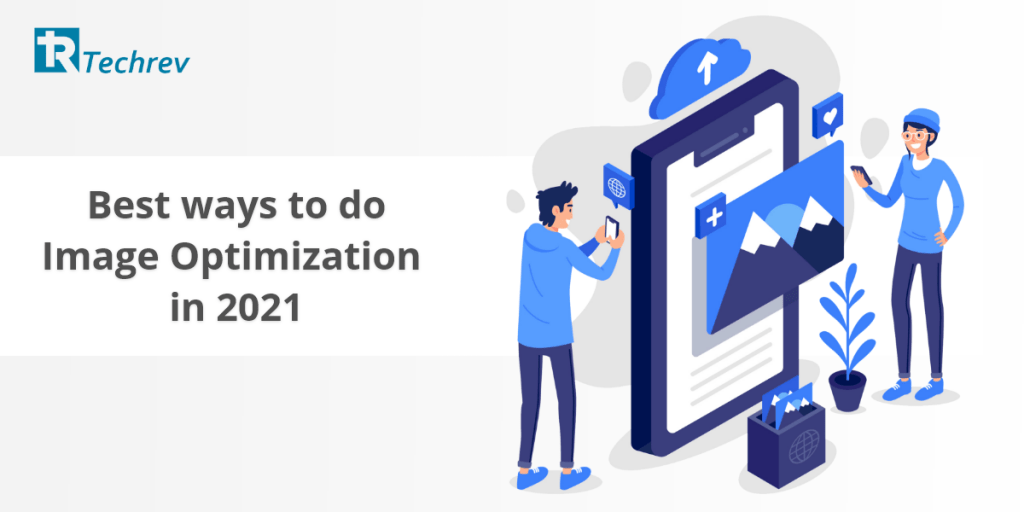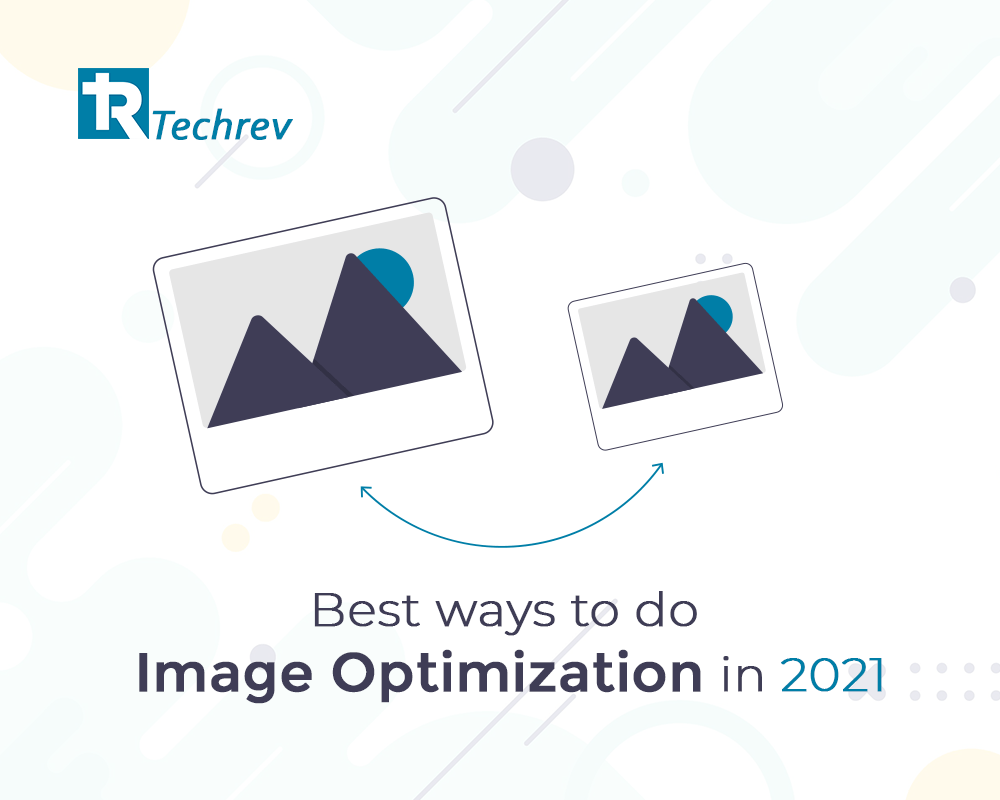
Are you thinking about why you need to do image optimization more than just size & pixels? Well then, you are missing out on a whole new bunch of traffic that could be your potential customers.
Image optimization is not just responsible to enhance the website’s speed & performance but also for driving your name into the search engine. Not to forget the most important one, the inclusivity of disabled people. Whenever you add any alt-text to your images, disabled people can easily recognize it.
However, let’s start with the basics. What is Image Optimization?
It’s a process of delivering superior-quality images with respect to the proper format, size and DPI. This process can be accelerated for improved performance if you follow the tips mentioned below.
1. Appropriate formatting
When you talk about images, there are so many and each one of them has a different responsibility. So make sure you only use different formats as –
PNG images are best for web images, logos & flat images.
JPEG can be used for still images, real-world photographs or images with complex coloring.
GIF is best for low-resolution images, animations, icons & simple transitions. We won’t advise you to go for GIF unless it’s perfectly clear or your website is responsive enough for multiple devices. You could rather use mp4 or WebP instead.
TIFF works amazing with high-quality and large-size prints. It won’t pixelate and gives you the most clarity of all.
WebP is rather new for everyone. This modern image format gives you superior compression and maintains great quality.
Did you know the AVIF format is one of the new-age formats that surpasses the quality check for even the WebP file while maintaining a great compression ratio? In case you are thinking about what comes next, it’s the compression.
It’s important to know for your web development which compression works the best. Is it Lossless compression that makes your image look super low quality after removing all the unnecessary metadata linked? Or do you want to go with Lossy compression that retains all the metadata and only slightly reduces the image quality?
2. Content Delivery Network
During your web development, image optimization and the image CDNs are a match made-in-heaven. Website images are not only optimized but also quickly delivered at an expeditious rate. It helps in audience segmentation based on the device’s viewport and eliminates different costs by not having the need to invest in separate server providers across the globe.
However, the most important job of a CDN is to provide a highly distributed platform of servers helping to minimize delays in loading time. What does the CDN do to ensure faster loading time? It reduces the physical distance between the server and the user. Hence, the same high-quality content is loaded without slowing down the web page.
3. Browser Caching
In case you ever come across any message that displays, “Leverage Browser Caching” do not ignore it as it’s a blessing in disguise. If you are new to web development, understanding the response time without actually A/B testing can be difficult. One of the reasons for slow response time is browser and website caching. That’s why the Google Page Speed Insights tool tells you to leverage browser caching when there’s no caching rule in the place or the expiration time has been set too low. In layman’s terms, this is nothing but a suggestion to improve your website speed. The more hygienic and clean the website, the faster the performance.
Browser caching instructs the visitor’s browser to save some specific files on the visitor’s local system instead of downloading them repeatedly. For example, a visitor needs to download the logo image of a website on the first visit. However, after every subsequent visit, such a visitor would load the logo file from the website’s local cache, provided their browser caching has been enabled. The result? Faster loading because the visitor is no longer required to get everything from the website’s server directly. Browser caching can be used for images and many other types of files like statistical resources and object data.
4. Optimize for slower internet
No matter how easy you think the website development is for you or your team, there’s always a portion of users who are still struggling with their internet connection. So, if your website has a lot of content and high-quality images, then these visitors would not be patiently waiting for content to load on the websiteand this would rather result in an increased bounce rate. This situation is no different than any lost business opportunity.
One of the easiest ways to ensure a lesser bounce rate is to optimize the images for slow connections.

5. Responsive images with proper alt-text
Images need to be responsive to deliver the right optimal image for every screen. Responsive images help in enhancing user experience along with reducing load time. According to the browser or device in which images are viewed, different sizes are displayed from full-size to featured images or a thumbnail. So always ensure that your images are optimized so your visitors have a good experience.
What can a responsive image do for your web development?
- Increase page loading speed
- Increase reach & traction
- Conversion hikes and consistent user experience
- Reduce load over and server memory
We hope these strategies help you create a better website responsive for every device. However, in case you have stuck anywhere, our experts at TechRev are always just one call or email away.
